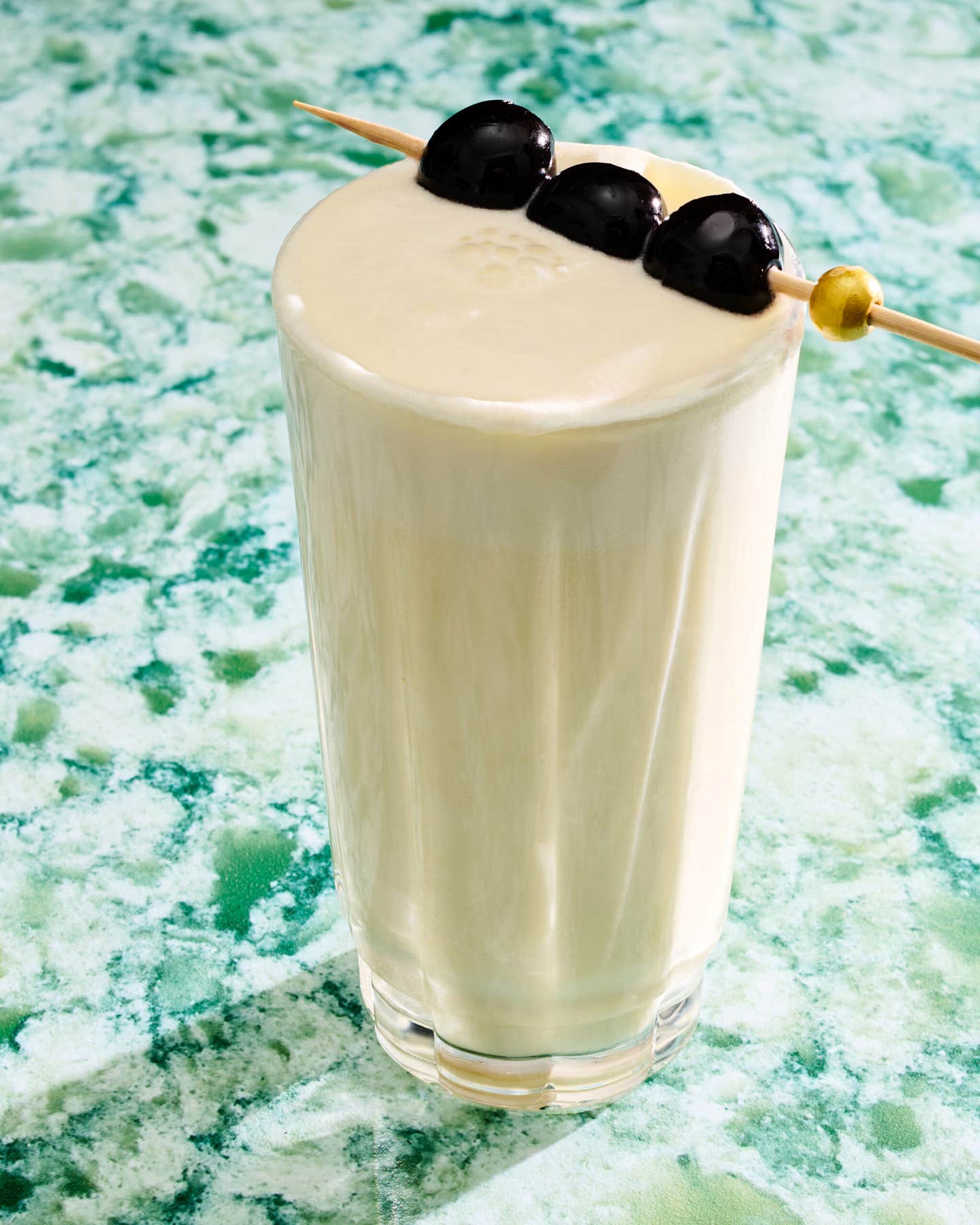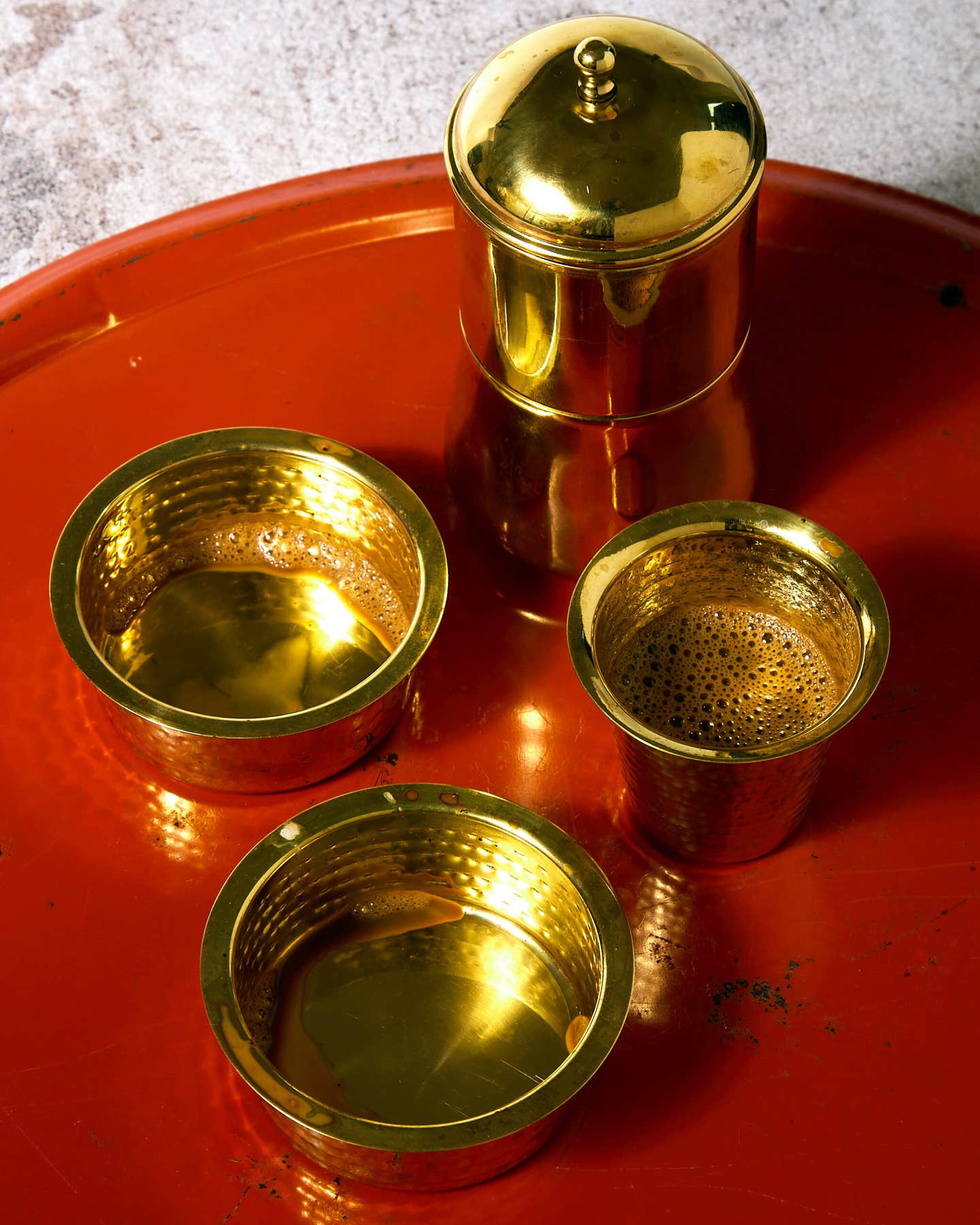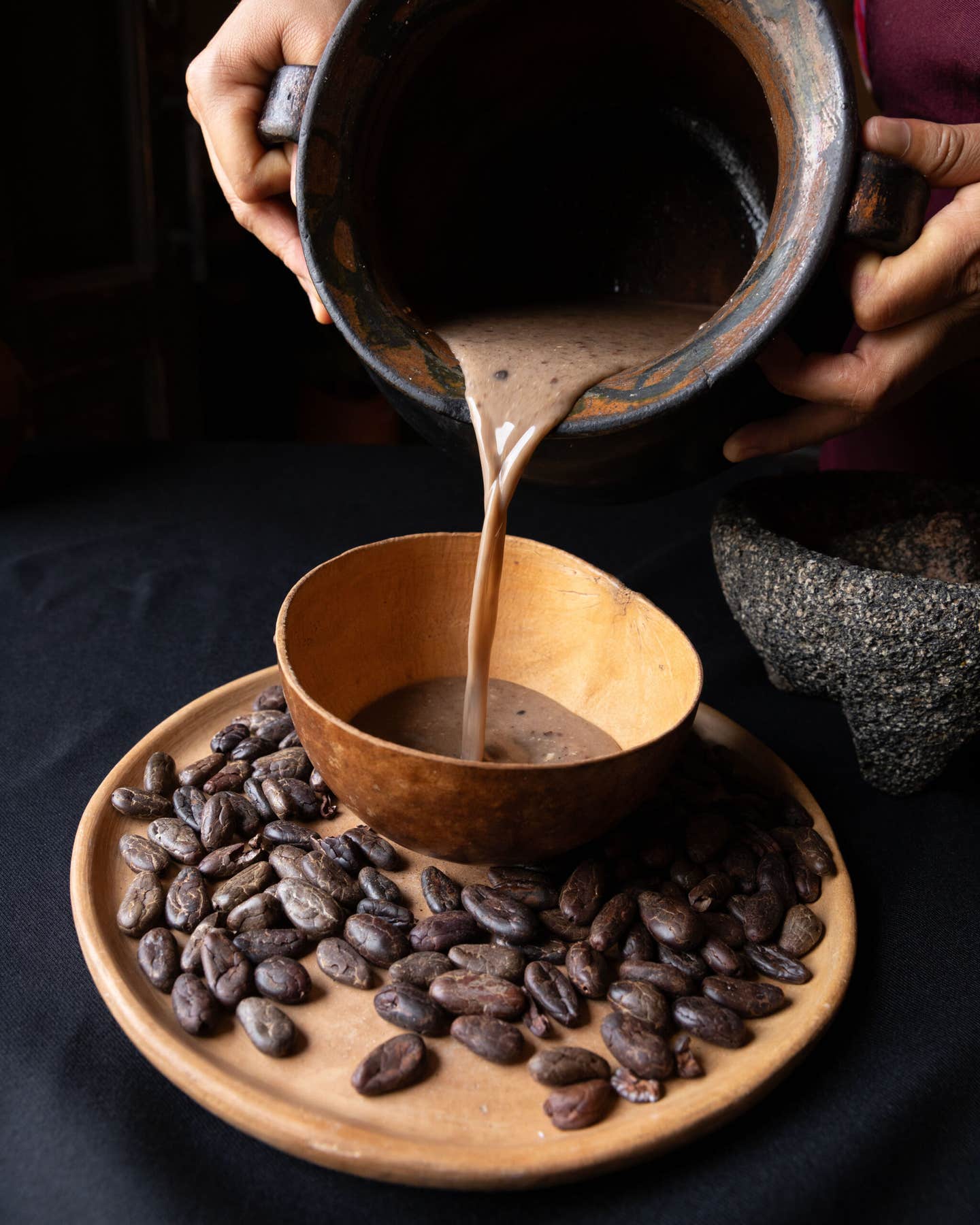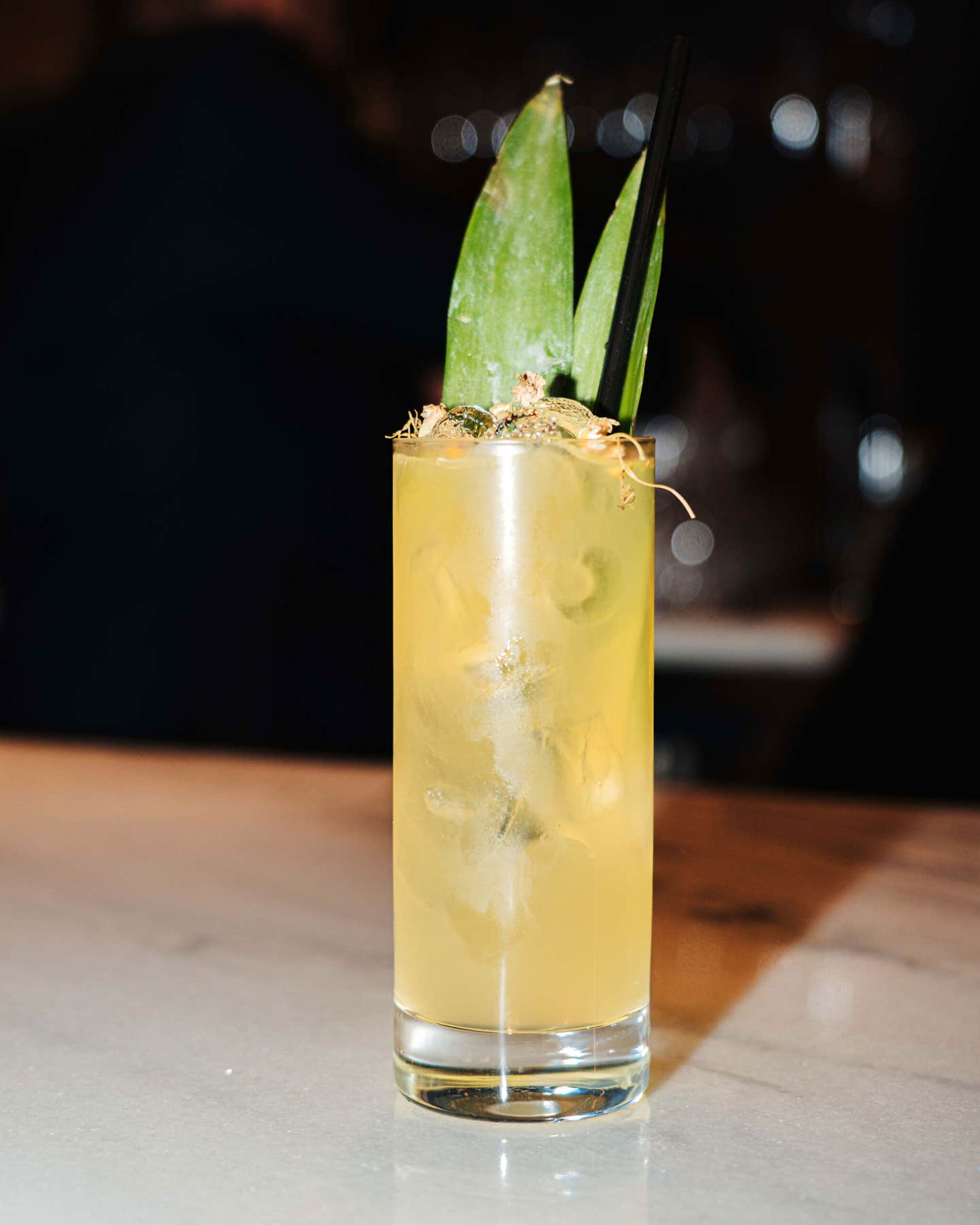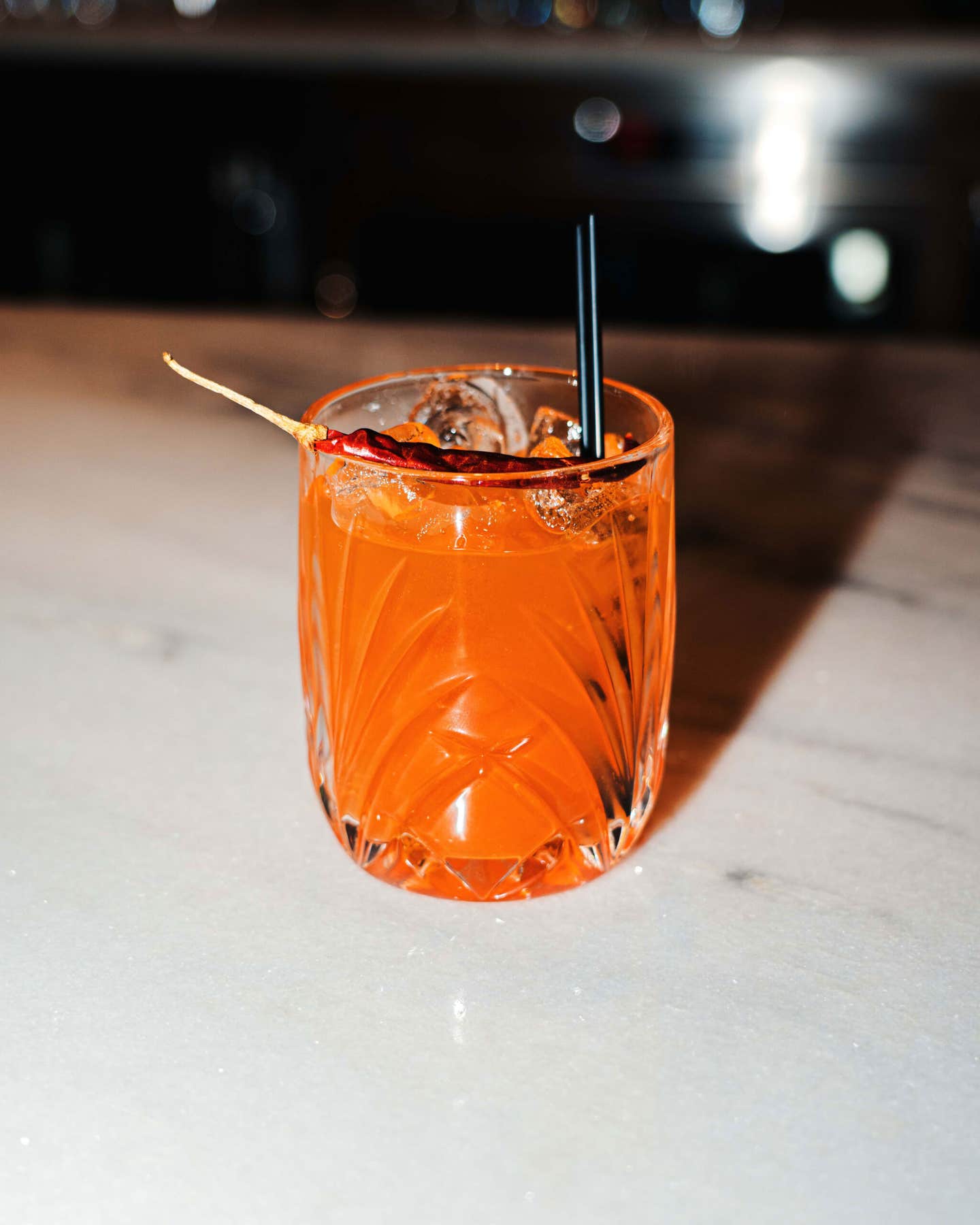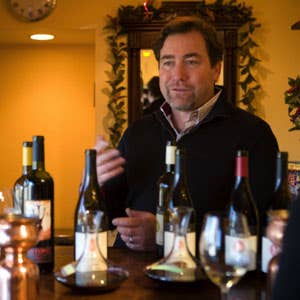
The Faces of Lompoc Wine
The Lompoc Wine Ghetto, an ad hoc collection of wineries housed in the decidedly un-romantic setting of the Sobhani Industrial Park (see "Pioneer Spirit," March 2009), has been a tremendous boon to the dozen winemakers who work there. For some of these Santa Barbara County vintners, it has provided an affordable place to start a small venture; for others, it has been a catalyst for growth and experimentation. And though there are other communal winemaking facilities in the county, the "ghetto" stands out because so many of the wines there are of such excellent quality.
"The ghetto is interesting because, prosaic as the surroundings are, there are a lot of high-quality producers," Sashi Moorman of Stolpman Vineyards, told me on a recent visit. "I think the reason is that, when you come here, you set up your own shop and buy your own equipment, which means you're taking a bigger risk. So, it's not just a job; it's your life."
Each of the winemakers in the ghetto has brought a singular perspective to the community, and in the past few years many of them have invited me into their wineries and shared their stories with me.
Rick Longoria (Longoria Wines)
Rick Longoria could be called the accidental founding father of the Lompoc Wine Ghetto. Back in the spring of 1998, he planted his first vineyard, Fe Ciega, on a slope in the Santa Rita Hills, when he began contemplating the difficulties of getting the grapes from the fairly remote location, on the narrow and winding Santa Rosa Road to the Santa Ynez Valley, where most wineries in the area were located. "It's not that far if you could go over the hills," he explained, "but you have to drive all the way south to Highway 1 and then come all the way back around east to the 101. It adds a lot of time."
Looking for alternatives, he contemplated setting up his operation in Lompoc, a small, rural city located just minutes from the hills. He had spent some of his teenage years there, while his father was posted at nearby Vandenberg Air Force Base, and he knew that it was one of the most affordable areas in the county for opening a business. After contacting the city's office of community development, he saw the warehouse in Sobhani Industrial Park. "The building had been different things. When I looked at it … it was being used as a seed company to dry huge piles of flower seed on huge burlap blankets. Prior to that it had been a carpet place and even a kids' indoor gym. In fact, there's still a mural of Disney cartoon characters on one wall," he told me.
The space, however, was both flexible and affordable, so he moved his operation there at the end of the year, inviting a few other winemakers to come see it for themselves. Within a couple of months, a handful of these vintners had signed leases for buildings in the park, and the wine ghetto was born.
Though the Lompoc space was his first wholly owned winery, Longoria had been making wines in Santa Barbara County since 1976, when he started working at the Firestone Vineyard, one of the area's first wineries. Like many county winemakers, Longoria came to the trade in a fairly roundabout way. He first became aware of California wines in the late 1960s and early '70s while studying sociology at UC Berkeley. "My friends and I would drive up to the Napa and Sonoma wineries on the weekends," he explained, " and the idea of living in the country and working on a winery really started to appeal to me. I thought that rather than seek—to use a word from that time—an 'establishment' job, I would seek work in the vineyard or the winery, though at that point I knew so little that I really didn't even know which was which. I just had this sense that it was more organic and more of a craft than the other jobs I would have found." This idealism led him to take a job at Buena Vista Winery in 1974 as a rookie cellar worker, and he threw himself into it, studying the process of winemaking and taking courses at nearby schools. Two years later, when he heard that wines were being made in Santa Barbara County, he found the pull of the south coast irresistible and took a position as the cellar foreman at Firestone.
The winemaking possibilities and the welcoming attitude of the Santa Barbara community enchanted him immediately, and he spent most of the next two decades working his way up in many of the area's wineries, including J. Carey Cellars, Rancho Sisquoc Winery, and Gainey Vineyard. "It was a wonderful atmosphere to work in," he told me. "It was group of pretty unpretentious people kind of learning from each other. We didn't really have that many people here who had been making wine in other places before; the original group of winemakers was kind of homegrown. Given the fact that we had no reputation, it took a certain kind of individual to want to start making wine here, the kind of the mavericks who didn't conform to what the wine industry expected of them." While working and learning at these vineyards, he started his own label, Longoria Wines, by buying grapes from other vintners and borrowing space wherever he was working. By the time he made the winery his full-time job and moved to Lompoc, he was making pinot noir, chardonnay, and cabernet franc. By now, he has added a wide range of other varietals that are also being grown in the Santa Rita Hills, including syrah, albariño, malbec, and tempranillo.
Longoria appreciates that the atmosphere of the wine ghetto carries on the traditions of camaraderie and support that have been the defining element of the area's winemaking community. The ghetto's real accomplishment, in his eyes, is the attention the area's wines have received. "The fact that wineries set up shop in Lompoc, in a dense area like this, drew attention to the Santa Rita Hills because it's a really unique situation," he says. "It really sets the area apart."
Steve Clifton (Brewer-Clifton and Palmina)
For Steve Clifton (at left), the Lompoc Wine Ghetto was love at first sight. He first encountered the Sobhani Industrial Park in early 1999, when he and his business partner, Greg Brewer, visited Longoria's new winemaking setup. "We looked around his space, and we thought, This is all we need. We don't want some big, fancy place. We just need a cool, open building," he says.
Clifton and Brewer had started their label, Brewer-Clifton, three years earlier, but like many startup winemakers in Santa Barbara, they had been working for better-established vintners and making their wines in borrowed facilities. The industrial park, however, offered them a way to set up their own shop, and by the end of their visit they had signed a lease for a building that was going up a few yards away. At the same time, Clifton was also looking for a space for his other winery, Palmina, which he had started a few years earlier in order to make Italian varietal wines. Clifton had been introduced to Italian wines on a trip to Italy, and had spent time assisting his friend Joe Bastianich with the Bastianich winery in Friuli. In the years when he and Brewer started making wines for the Brewer-Clifton label, he had also started producing a very small amount of sangiovese. He increased production every year, and by the time he moved to Lompoc he had also started making nebbiolo, barbera, and pinot grigio.
To Clifton, Santa Barbara County is an ideal place for making northern Italian wines. "In Friuli and Piedmont, these wines are grown where the cold air from the Alps meets the warmth coming off the Mediterranean or the Adriatic, and the grapes are planted where these two forces meet," he says. "In Santa Barbara, you have a cold, arctic current coming down the coast from Alaska and heat coming from the inland desserts, so it's the same thing; just in the opposite direction." When Clifton started making these wines, the reaction in much of the community was somewhat skeptical, but over time he has won the admiration of not just area winemakers but also connoisseurs, as his bottles have shown up on the wine lists of such high-end restaurants as the French Laundry and have also received praise from Robert Parker.
Though Palmina has grown exponentially in the past decade, and Clifton has had to lease additional buildings in the complex to keep up production (he now makes 17 wines, including malvasia bianca, tocai friulano, dolcetto, and a number of nebbiolos), he has no intention of leaving the wine ghetto. For him, it's not just the savings and the convenience of the location that make the place special but the feeling of community with the other winemakers. "People ask me when I'm going to be ready to build a winery out on the vineyards, but the truth is, it doesn't excite me," he told me. "I'm just a really social animal. I was the winemaker on wineries located out on vineyards, and I felt completely isolated. Here, I'm tasting wines and talking with other winemakers every day. So, if I was ever going to build a place, I'd want to build something that other people could rent spaces in,;I'd want to just re-create what I have here."
Sashi Moorman (Stolpman Vineyards, Piedrasassi, Holus Bolus, Evening Land Vineyards, and Harrison Clark)
Many winemakers in California make wines for more than one label, but very few ever have the chance to work with five at once, as Sashi Moorman has done for the past four years. Moorman, who started working at the Lompoc Wine Ghetto in 2001, moved to the location as the winemaker for Stolpman Vineyards, but over the years he has added to his portfolio by becoming a winemaker for Evening Land Vineyards (which makes pinot noir from locations in Santa Barbara, Napa, Oregon, and Burgundy), starting Holus Bolus and Piedrasassi with other winemakers in the ghetto, and consulting for the Santa Ynez winery Harrison Clarke (as well as others).
Moorman first came to winemaking at the age of 24 after working as a cook in New York City after college. Although he hadn't gone to culinary school (he graduated from Vassar with a degree in geography), his pure enthusiasm for food helped him land a job as a line cook at États-Unis, a small, well-regarded restaurant on Manhattan's Upper East Side, where he learned not just about local, seasonal foods but also about wine. "Jonathan Rapp [the co-owner and wine buyer] was a wine fanatic, and I learned more working at that restaurant about wine than I think I ever have in such a short period of time," he explained. "People say to me all the time 'I want to be a winemaker; what should I do?', and I always tell them go work in a restaurant with a really good wine program, because there's no other place where you'll have the opportunity to taste so much wine in a short period of time. Unless you're independently wealthy, you can't afford to participate by just buying bottles. But in a great restaurant with a great wine program, you can taste so much great wine."
Inspired by this experience, Moorman moved to California in 1996 and found a job at Ojai Vineyard (a couple of hours south of Lompoc), where he learned to make wine before becoming the winemaker at Stolpman in 2001 and moved its facilities to the wine ghetto. "The industrial park is extremely convenient because it has allowed each individual winery to grow, in terms of space, as production grew," he told me, as he showed me around his facilities on my most recent visit. Though the winery had initially leased only one shed, it now uses a total of seven, using some to ferment and age their wines and others simply to store equipment. "At most wineries that are built out on vineyards, if you ask them what's the one thing you would change, they would say they wished the space were bigger so they could grow easily," he says.
Ultimately, however, the real benefit of working in Lompoc has been Moorman's proximity to other wineries, which offers him the opportunity to work for other labels and collaborate with other winemakers. The purpose, for Moorman, in working with so many different groups—aside from the joy of making the wines—is to learn as much as he can as quickly as he can. "I think that to make the best wine, you really have to have a vision and know what it is that you want to do, and you can try to figure that out by working with one set of variables, or you can try to figure that out working with a lot of different variables," he says. "For me, it's much more advantageous to see a wider scope."
Each new collaboration and experience has, to some extent, changed how Moorman makes wine. Some of these experiences give him the chance to work with other wine connoisseurs who are doing daring things, like the sommelier Rajat Parr, of Michael Mina in San Francisco (see "The Believers", April 2009). Others have given him the chance to go out on a limb. With Piedrasassi, for instance, he began working with Rimrock, a cool, foggy vineyard that was planted with syrah and which during one year produced grapes with only 22 brics of sugar, significantly lower than the usual level. "I thought to myself, You just can't pick syrah at 22 brics, it will be disgusting," Moorman told me, "but it was November 30, and the leaves had all fallen off the vine, so we harvested them and made wine, and it turned out to be really great wine. We were amazed." With each of these experiences, Moorman has taken the things he's learned back to Stolpman and his other labels, ensuring that his approach to winemaking continues to evolve and change with every vintage.
Keep Reading
Continue to Next Story




